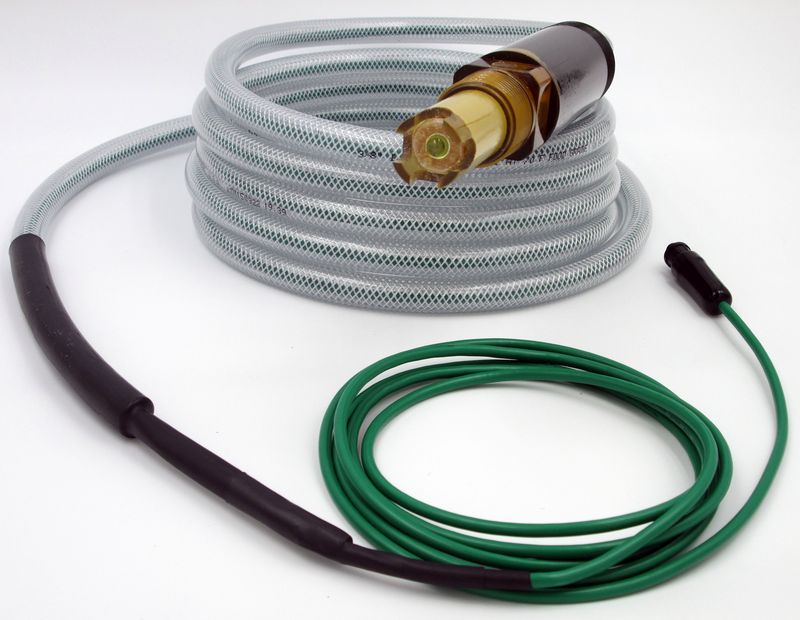Acid Etching Case Studies

Case Study #6
pH and Fluoride Measurement in Acid Etching
A system to determine and control the acid etching strength of a given process solution.
- High HF and High Acid (Low pH) resistant pH and Fluoride Element
- Custom Engineered reference system for acid etching media
- Menu driven Ion Selective Industrial transmitter and controller for ion sensor calibration and process control outputs and alarms (all values controlled in ppm)
Download to Read More Features:
Case Study #6 PDF

Case Study #11
High HF Resistant pH Sensors for
HF neutralization
Reduce sensor replacement with the most high HF resistant pH sensors available on the market with novel pH glass formulation and solid-state non-porous reference system.
- Improved HF treatment system efficiency through more accurate pH measurement and control
- Reduced Sensor Usage through less breakage during cleaning
- Reduced maintenance and increased service time from sensors using solid state polymer reference system & specialized high HF resistant pH glass
Download to Read More Features:
Case Study #11 PDF

Case Study # 21
Total Fluoride Measurement Systems
for HF Acid/Etching & Wastewater
Treatment Systems
Inline Continuous Total Fluoride Measurement System using:
AB 6100 Fluoride Ion Selective Sensor for High HF & Low pH Service – THE ONLY FLUORIDE SENSOR CAN BE USED CONTINUOUSLY IN STRONG ACID ENVIRONMENTS AND UNDERGO STRONG ACID CLEANING
PNHF 6431 pH Sensor for High HF & Low pH Service – THE MOST HIGH HF RESISTANT pH SENSOR AVAILABLE ON THE MARKET
Dual Channel 56 Analyzer, Transmitter & Controller that computes the Total Fluoride from Fluoride ISE & pH sensor inputs
Download to Read More Features:
Case Study #21 PDF


